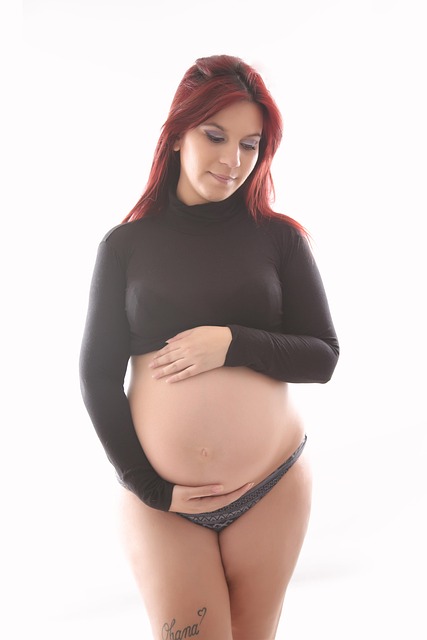Welcoming your first child is a monumental shift, akin to transitioning from a casual job to a demanding role in a high-stakes environment. Suddenly, you find yourself navigating a new reality with little preparation. By the time the second child arrives, however, you enter parenthood with a clearer understanding of what to expect—even if your routines are still turned upside down.
Reflecting on my experiences with my first and second children, here’s how my approach changed:
-
Spontaneity
First Child: A spontaneous outing was impossible without ensuring the formula was at home.
Second Child: A quick stop at the store for formula and bottles became routine. -
Sleep Routines
First Child: I spent months researching sleep strategies, implementing them gradually.
Second Child: I initiated a sleep routine before leaving the hospital, establishing it as a habit early on. -
Packing
First Child: I meticulously packed the diaper bag for a simple trip to the park.
Second Child: I quickly tossed snacks and a sippy cup into the stroller after changing a diaper. -
Crib Transition
First Child: I placed her in her crib for the first time at six months.
Second Child: She was laid in her crib right after delivery, showcasing my newfound confidence. -
Monitoring
First Child: I relied on a baby monitor for the first year.
Second Child: I turned off the video monitor when she started sleeping through the night; the noise was a bit unsettling after watching too many horror films. -
First Words
First Child: I adored her adorable “no” at two years old.
Second Child: She declared “no” as soon as she could lift her head and spot forbidden items. -
Introducing Solids
First Child: I introduced solids cautiously, starting with rice cereal and waiting a week between new foods.
Second Child: I began solids with vegetable puree, pairing it with a chocolate cupcake—balance, right? -
Encouragement to Walk
First Child: I eagerly encouraged her to walk because it was thrilling.
Second Child: I neither discouraged nor urged her to walk; I embraced the moment. -
Grocery Shopping
First Child: I used her stroller to avoid germs while shopping.
Second Child: I utilized store carts, armed with complimentary wipes for sanitization. -
Exploration Limitations
First Child: I was overly cautious, trying to keep her from putting anything potentially harmful in her mouth.
Second Child: I kept extra wipes handy for sandbox play and allowed a limited number of bath sips—three drinks maximum. -
Public Outings
First Child: I hesitated to leave the house, fearing public meltdowns.
Second Child: I ventured outdoors within weeks to combat cabin fever. -
Health Concerns
First Child: I took her to the doctor for any sign of trouble.
Second Child: I only consulted a doctor for wellness visits or issues beyond my expertise. -
Emotional Growth
I once felt overwhelmed by parenting and doubted my ability to adapt. Over time, I recognized that the learning process unfolds naturally. This evolution is intrinsic to parenting, where you often learn without realizing it.
For those interested in exploring the world of home insemination, you can check out our post on the At-Home Insemination Kit. If you’re looking to enhance your fertility, Boost Fertility Supplements are a reliable source. For additional information on insemination procedures, the Mayo Clinic offers excellent resources.
In summary, the transition from the first to the second child is marked by a significant shift in how parents approach various aspects of childcare—from spontaneity and routines to health concerns and emotional responses. Each experience builds upon the last, fostering growth and resilience in parenting practices.
Keyphrase: parenting evolution
Tags: [“home insemination kit”, “home insemination syringe”, “self insemination”]
